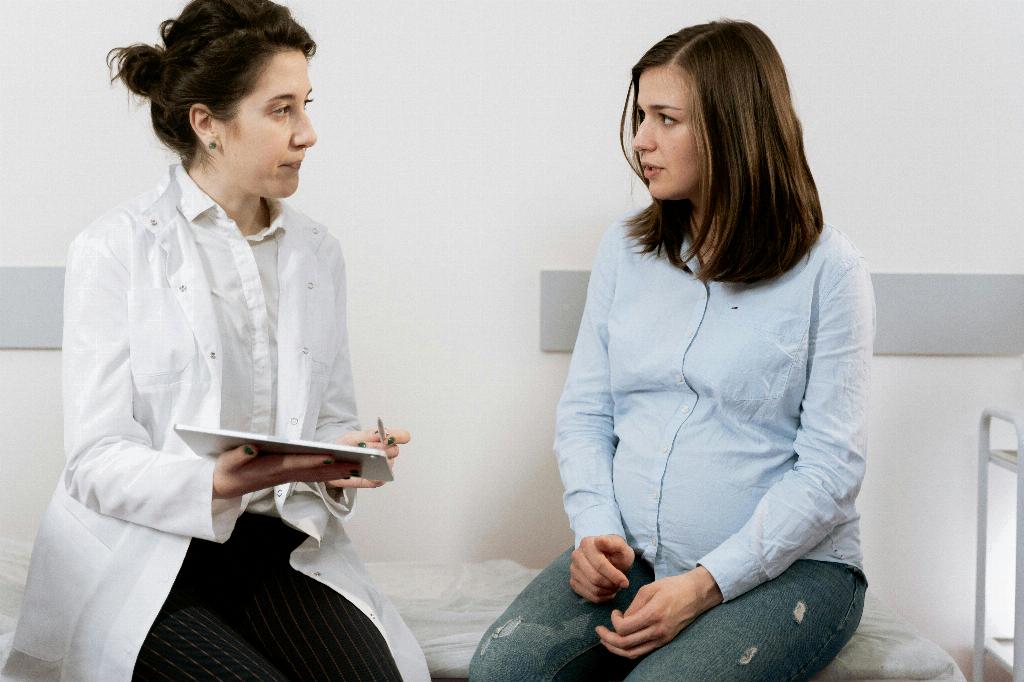After undergoing a cesarean section, also known as a C-section, many women wonder about the recovery process and when they can expect to return home. While every individual’s experience may vary, it is essential to understand the general timeline for post-operative care and discharge. While the specific timeline may depend on individual circumstances and hospital policies, most women can typically expect to leave the hospital within one to two days following a C-section.
Recovery after a C-section involves several key aspects, including pain management, incision care, mobility, and monitoring for any potential complications. It is crucial for healthcare providers to closely monitor patients during their post-operative period to ensure that they are healing properly and that there are no signs of infection or other issues that may warrant extended hospitalization.
Before discharge, healthcare providers will assess several factors to determine if a patient is ready to go home after a C-section. These factors may include the overall condition of the patient, pain management, incision healing, mobility, and the absence of any complications that may require further medical intervention.
It is essential for patients to follow any post-operative care instructions provided by their healthcare team diligently. These instructions may include guidelines for incision care, pain management, physical activity, and when to seek medical attention if any concerning symptoms arise. By following these instructions, patients can help promote proper healing and reduce the risk of complications.
While leaving the hospital after a C-section is a significant milestone in the recovery process, it is essential to remember that the recovery period continues once at home. Patients should plan to have adequate support at home during the initial days and weeks following a C-section to assist with daily activities and caring for the newborn.
Individual recovery times may vary, and some women may require additional time in the hospital depending on their specific circumstances. Factors such as the presence of underlying medical conditions, complications during surgery, or difficulties with pain management may impact the timeline for discharge after a C-section.
It is important for patients to communicate openly with their healthcare providers about any concerns they may have regarding their recovery and discharge plan. Healthcare teams are there to provide guidance and support throughout the post-operative period and can address any questions or issues that may arise.
Patients should also be mindful of the emotional aspects of recovery after a C-section. It is normal to experience a range of emotions during this time, including feelings of vulnerability, exhaustion, and the adjustment to caring for a newborn while also focusing on personal recovery.
Engaging in self-care practices, such as getting adequate rest, proper nutrition, and emotional support from loved ones, can help promote a smoother recovery process after a C-section. It is essential for patients to prioritize their well-being during this time and not hesitate to seek help if needed.
In conclusion, the timeline for discharge after a C-section typically ranges from one to two days, depending on individual circumstances and recovery progress. Following post-operative care instructions, communicating with healthcare providers, and prioritizing self-care can all contribute to a smoother recovery process and successful transition home after surgery.

